Cory recently sold his qualified small business stock for $8…
Cory recently sold his qualified small business stock for $85,000 after holding it for 10 years. His basis in the stock is $45,000. Applying the rules as if the stock were acquired in 2024 and assuming his marginal tax rate is 32 percent, how much tax will he owe on the sale?
Read Details


